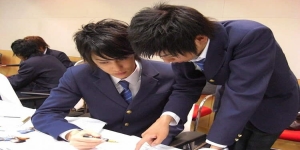Ojigi おじぎ Bow in Japan forms and meanings

Bowing in Japan to greet, to welcome or to apologize is part of this culture since ancient times and is truly rooted in every Japanese. We'll see the differences that exist, because the bow in Japan is not all the same, it changes according to the circumstances and whoever is in front of it.
The Ojigi じ ぎ, the bow in Japan, is a tradition, it is inside of the nation itself, it is something so deeply rooted in the conscience and in the ways of the Japanese, that it often happens to see them bow to apologize even when there is none need.
Trying to understand the historical moment where the "tradition" of the bow began, as often happens, we founded several theories but not a single one. Some sources trace it back to the uses linked to the Shinto religion, others to the first military and ceremonial rules introduced by the Ogasawara clan starting from the Kamakura Period (1185 - 1333).
Since then, things have certainly changed, and the "rules" of the bow have spread throughout the country, increasingly entering the DNA of the Japanese. But let us not dwell on the appearance of the single bow, because this is more complex and multifaceted than one can imagine.
We can subdivide and codify the Ojigi じ ぎ according to different factors, among which the different social and working positions, which heavily influence the shape of the bow itself. We see the 3 main forms that have come down to us:

Eshaku会釈 : It's the daily greeting, the normal one, that we can define as the less profound and is used mainly towards friends, colleagues and acquaintances. Posture varies depending on whether it is a man or a woman. The first will bow at an angle of 15° keeping the hands at your sides and looking down. While the woman will keep the same angle of inclination but the hands will both have reached forward always keeping the eyes down.
Keirei 敬礼 : facing those who are "superior" like as their leaders or social position. It foresees a slightly more marked inclination than the eshaku, reaching 30°, while the posture for men and women always remains the same as the previous one.
Saikeirei 敬礼: the most pronounced shape compared to the other 2 with an inclination angle of 45 ° even. It is linked to the highest form of respect, it is not often used because it is usually associated with very particular events, such as at an audience with the emperor, or to offer the most sincere apologies.
Another form of bowing is included among those used by the Japanese, nowadays there is not much trace of it, even if it still exists, but is considered as a "coercion" a sort of "bullying" that those who do it undergo: the Dogeza 土下座.
It consists in kneeling, with the hands joined forward (or spaced almost to form a bow) and the head bowed, the maximum of humiliation that today is considered as an inappropriate minimum.
As we have seen, the bow in Japan is something deep that has roots in the distant past, but which still influences Japanese society today.

 English (United Kingdom)
English (United Kingdom)  Italiano (it-IT)
Italiano (it-IT) 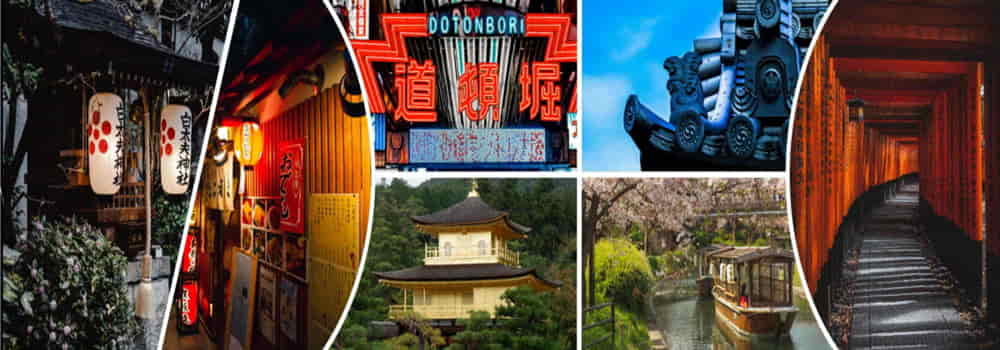
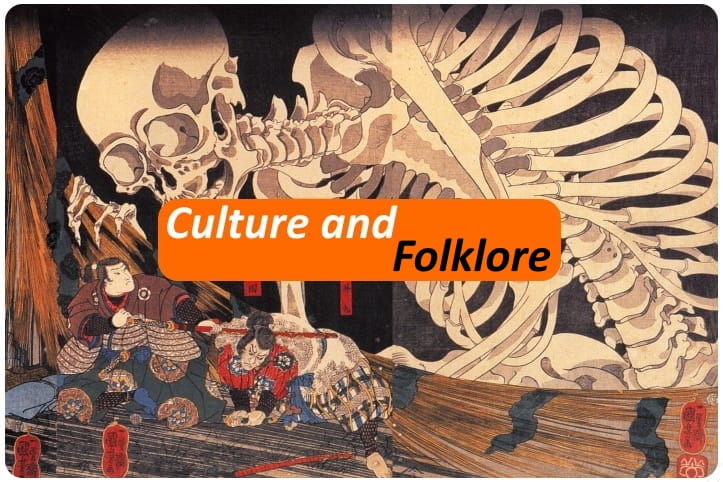
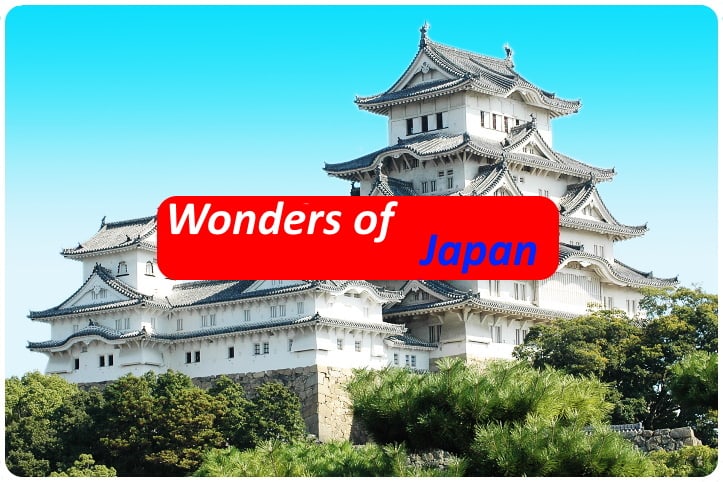

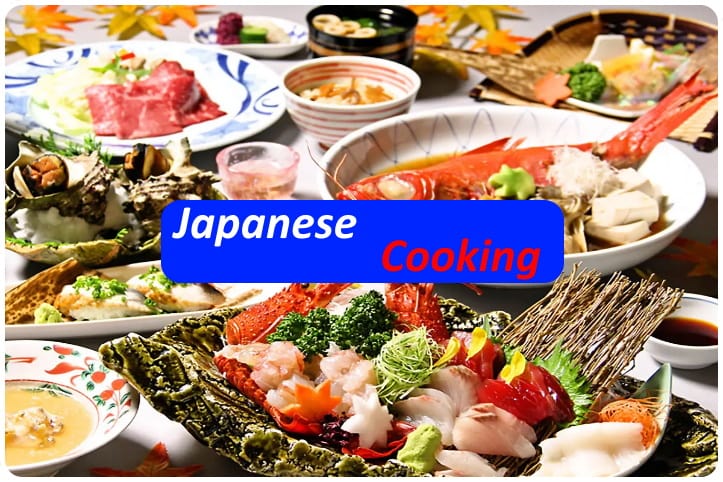


![[Review] Princess Toyotomiプリンセス トヨトミ](https://www.fukainihon.org//cache/mod_jt_contentslider/fdfb524f85518b9476158c79c8ea022f_328.jpg)


